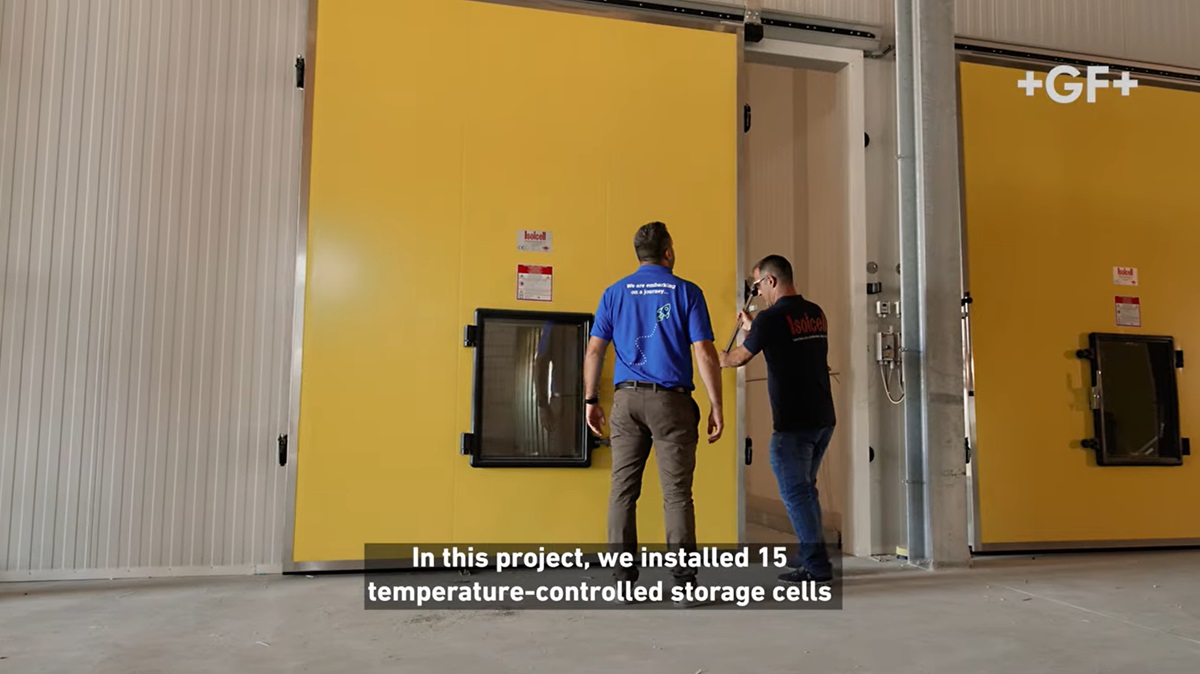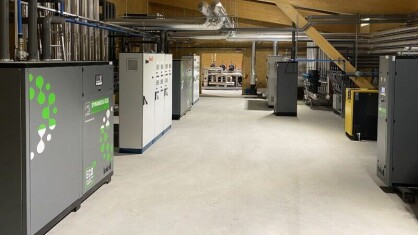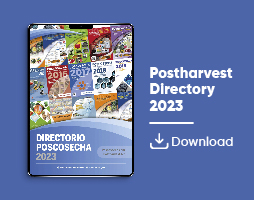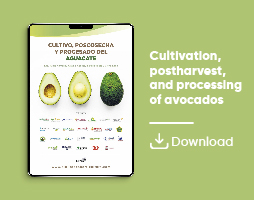Cooling and CA
Computer image analysis is suitable for the assessment of starch pattern index to evaluate apple maturity stage
The visual assessment of starch pattern index (SPI) by comparing iodine-stained transversely cut slices with reference charts, is widely accepted as an effective method for estimating the maturity stage and for predicting optimal harvest date of apple fruit. While the method itself is very simple and cost efficient, it has an obvious
30 August, 2016
The visual assessment of starch pattern index (SPI) by comparing iodine-stained transversely cut slices with reference charts, is widely accepted as an effective method for estimating the maturity stage and for predicting optimal harvest date of apple fruit. While the method itself is very simple and cost efficient, it has an obvious drawback of being subjective. A technique that overcomes this subjectivity and has an additional bonus of avoiding the use of iodine solution is NIRS hyperspectral imaging. However, due to the important costs of the instruments, coupled with the specific knowledge required to operate them, this technique is currently in the domain of scientific research and out of reach for most practical applications. A method, based on computer image-analysis of the iodine treated apple disks for estimation of SPI might be a viable and economical alternative for practical application. In the herein presented study, a commercially available instrument (Amilon, Automatic starch meter, Isolcell, I) for estimation of SPI based on computer image analysis of iodine-treated disks was tested on samples of various apple cultivars, exhibiting a wide range of SPI stages. Samples were analyzed with both 5 point and 10 point starch scale and referenced to the visual estimations made by experts. Several different set of parameters for automatic detection of SPI were used. Moreover, the variability i.e. the subjectivity, in the visual assessment within expert panels was estimated. The readings obtained by the digital starch reader and visual assessments by experts were comparable to a moderate-high degree of accuracy (R2=0.7-0.9) depending on the cultivar. A need for separate types of calibrations to assess the SPI of cultivars with circular and of those with radial type of starch degradation was recognized.The picture shows the Amilon starch meter, by ISOLCELL











